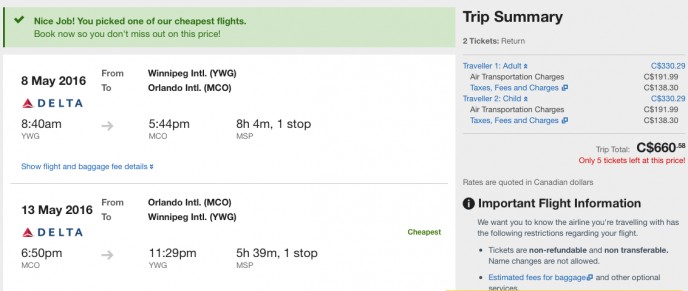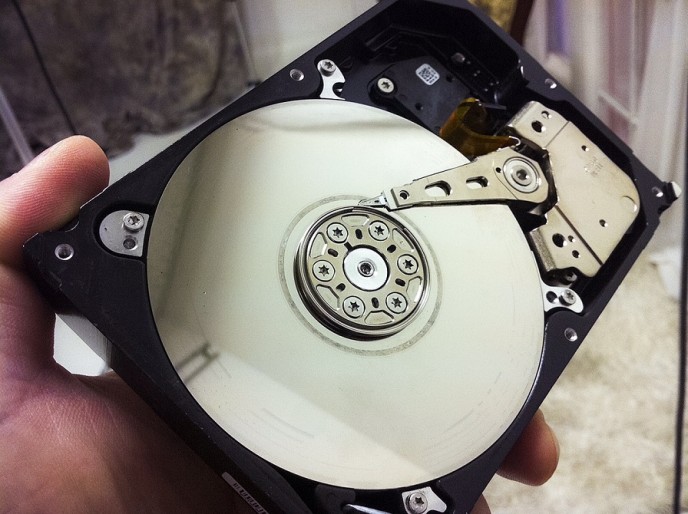Don’t let this happen to you…
 March 16, 2016
March 16, 2016
Anyone who is immersed in technology on a daily basis knows how wild and wonderful it is all at the same time! New gadgets, apps, and devices are being developed and introduced every minute of every day. Along with this constant advancement comes a certain amount of responsibility in being smart and safe, particularly when it comes to your data.
I'm not talking about personal information, but the other digital information we collect: music, movies, books, documents, and in this case, your photos.
What you are looking at is the equivalent of a year-and-a-half worth of professional photographing, editing, refining, and creative work that could potentially go right down the drain. This 1.5TB (TerraBytes, which is 1500GigaBytes) came to a screeching halt recently after running continuously (24/7) for about 7 years. This is just one of 8 hard drives in our fileserver that is full of our daily commercial and portrait work.
If you look at parts of the top disc, you can see circular lines where the drive has simply “worn out”, which had a snowball effect and lead to the complete failure of this hard drive. Of course, disaster was averted in this case because of the live backups we keep of all of our precious data in our active server. For anyone who collects and stores massive amounts of critical data, whether for business or personal use, the practice of daily backups is essential. After having several hard drives fail over the years, I can tell you that it’s an inevitability. It’s a question of when, not if a hard drive will fail.
The thought of the day: when it comes to your data, how are you protecting it? Do you have a backup hard drive?
When it comes to your photos, do you print the most important ones?
When you stop and think about it, it's pretty clear that the most reliable, long-lived copy you can have of any image is a printed copy. Most people will have prints or albums of their parents or grandparents that are decades old. A print on a wall will last for decades. A print in a box or an album (not exposed to daily UV light) will potentially last for centuries. An image on a hard drive might last seven years, or at least until the hard drive fails completely. Sure there are lots of different conditions and variables to consider like the make and model of the hard drive or storage device, or even the quality of the print itself (note: archival printing is engineered to last 100 years). But at a glance, look at the necessity of having to store digital images and even maintain them by checking them every once in awhile, and buying a new backup device every so often because they simply wear out, all in an effort to preserve your images (or any other data for that matter). Now compare that to an album or a box of photos that sits on a shelf somewhere, that only needs to be looked at and enjoyed from time to time. Much more low-maintenance.
The bottom line: if you want to preserve your images, the best method is to create physical copies of them, whether prints, albums, canvasses or the like. They are not prone to hard drive failures, OS updates, power outages, or any other technology-induced issues. And they can be viewed and enjoyed anytime, anywhere, and will potentially last hassle-free for several generations. :)

![]() October 2, 2024
October 2, 2024







![]() October 2, 2024
October 2, 2024
![]() October 1, 2024
October 1, 2024![]() October 1, 2024
October 1, 2024![]() September 27, 2024
September 27, 2024![]() September 25, 2024
September 25, 2024![]() September 24, 2024
September 24, 2024![]() September 21, 2024
September 21, 2024![]() September 18, 2024
September 18, 2024
![]() April 12, 2016
April 12, 2016
![]() April 7, 2016
April 7, 2016
![]() March 30, 2016
March 30, 2016
![]() March 25, 2016
March 25, 2016
![]() March 16, 2016
March 16, 2016